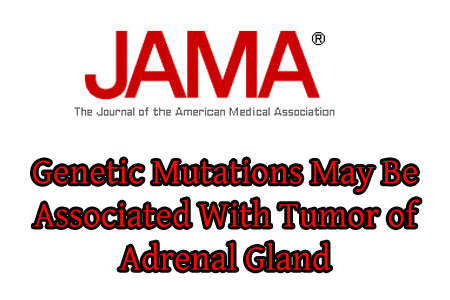Pheochromocytomas and paragangliomas are types of tumors in the adrenal gland that apparently trigger excess adrenaline production. It is known that peochromocytomas cause high blood pressure, headaches, heart palpitations, flushing of the face, nausea, and vomiting. A groundbreaking study has identified seeming variations of a gene that are associated with pheochromocytomas in the adrenal gland.
At the time of the investigation, authors sequenced the FP/TMEM127 gene in 990 individuals with pheochromocytomas and/or paragangliomas. The analysis also comprises 898 previously unreported cases without mutations in other susceptibility genes from 8 independent worldwide referral centers between January 2009 and June 2010. A total of 44 distinct FP/TMEM127 variants were supposedly discovered in 990 samples from pheochromocytoma or paraganglioma patients. The 19 detected mutations in 20 patients may have pathogenic significance. Mutations appeared only among patients with tumors of adrenal localization (pheochromocytomas) but not in those having paragangliomas.
The average age at development of FP/TMEM127-mutated tumors was 42.8 years and the median age was 41.5 years. The average age for non-mutated cases in this series was 43.2 years and the average diagnostic age for sporadic pheochromocytomas was 47 years. Li Yao, Ph.D., of the University of Texas Health Science Center at San Antonio, and colleagues mention that single benign adrenal tumor was the most common presentation among patients above the age of 40 years. 1 mutation carrier forming 5 percent reported malignancy. Germline mutations of FP/TMEM127 were possibly linked with pheochromocytoma but not paraganglioma. Such mutations presumably occurred in an age group that is generally excluded from genetic screening algorithms.
The study is published in the December 15 issue of JAMA.

